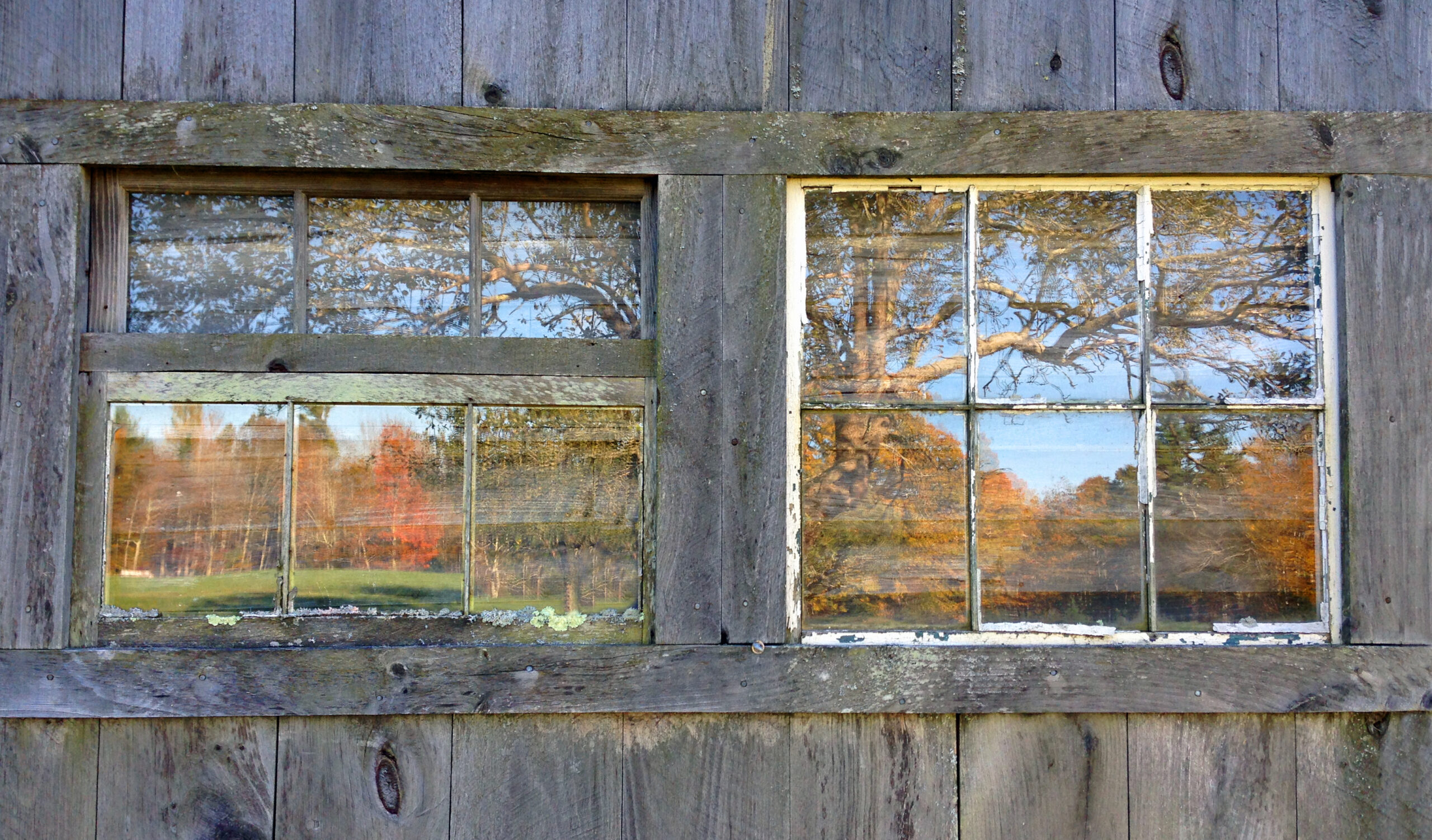
American Individualism and Isolation
There is the good and bad in finding ways to treat the many physical and psychological ailments associated with COVID-19. We begin with the bad news. As I have already noted, individualism and the attendant isolation to be found in the United States make it difficult to get most people to seek out assistance. When traveling through the middle states of America we find abundant open space where no one is to be found. I remember one of my colleagues from an Asian country remarking that there is much open space in the United States that seems to encourage people to remain isolated from one another. Travel through the American Midwest also reveals an abundance of tall, thin structures—called silos. These empty towers hold grain. Someone or some agri-business owns these silos and keeps the grain stored not only for the seasons when new grain isn’t being grown, but also (some critics suggest) for unloading the grain when it is in short supply (resulting prices are higher).
As I have noted, we have silos all over the place – not just in the mid-West and not just for the storage of grain. They also exist in the psyche of many Americans and in the organizations where they are employed. Let’s first look at organizations and collective silos. I find that there are abundant silos located in many American organizations. These usually are not physical structures (though they can be fostered by separate buildings located on a so-called corporation “campus.”) Rather, they are informational and interpersonal silos. People operate in a closed silo that does not accommodate cross-functional interaction (for example, between marketing and distribution) nor the establishment of a single unifying (sociopetal) culture. I have written extensively about distinctive sub-cultures operating in American organizations (Bergquist, 1993; Bergquist, Guest and Rooney, 2003; Bergquist and Brock, 2008; Bergquist and Pawlak, 2017). These subcultures help to create and are fully operational within silos. In my own writing, I have identified these subcultural silos in many different sectors of American society. I suspect that they exist in most societies where organizations have become complex.
What happens when the virus hits an organization and leaders of the organization must adjust to the realities of social distancing and work-at-home? I propose that the virus has tended to exacerbate the presence and power of the organizational silos. Members of the organization have operated from their homes and don’t even share a parking lot with members of other divisions in their organization. This means not only that the members of one division of an organization know little about what is happening in other divisions, but also that there is often no shared purpose or vision. As I noted regarding the more general prevalence of sociofugal settings in American societies, there is no societal “glue” to hold the organization together (Bergquist, 1993). Without this glue, there is likely to be little support (or even caring) offered to members of an organization by others in the organization. They don’t hold hands as they confront the many challenges associated with work in the era of Covid. Without the comradery of community life in an organization, work becomes nothing more than sitting day-after-day at the computer and perhaps spending some time with a few co-workers who appear as two-dimensional images on a monitor.
Clinical psychologists have similar issues to address regarding personal challenges arising from COVID-19. The organizational silos are complemented by (or often burdened by) personal silos. During the year(s) of COVID, Americans couldn’t even reach out to their friends and relatives after work hours for time together in person. No gathering at the local bar nor sitting down together at the kitchen table. In many instances, living in a culture of disengagement, there is not even the desire for reaching out to others—despite what we know about the healing that occurs for both parties when a relationship is engaged. What about the opportunities that Dr. Silberberg mentions regarding the use of psychotherapy in Israel to explore new ways of coping? Do they exist for Americans? News is a bit better.








